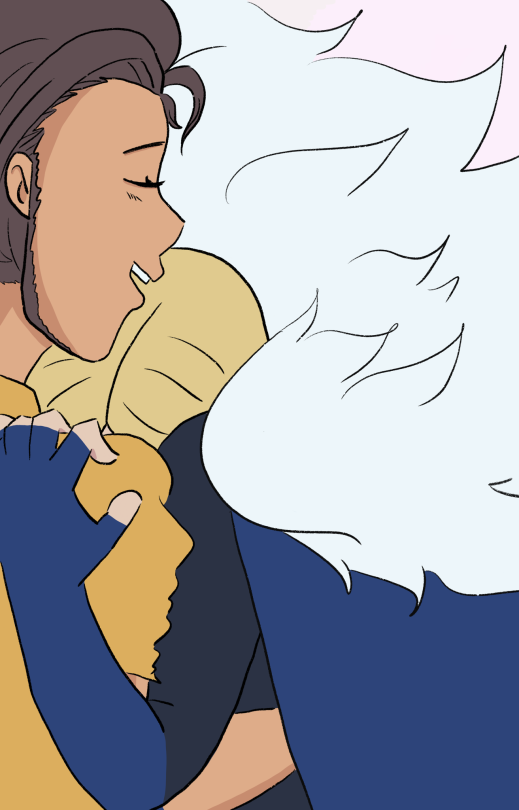
Hello! I was hoping to get some help with shading and lighting! They’re one of my biggest weak points :-O!
submitted by @dreaminghosts
Thank you for submitting! This looks like a great emotional scene so let’s give it some light and shadow.
First I’ll show you my overall process, then I’ll break down what I did in detail. There are five steps here.
The first picture is the original. In the second, I used a multiply layer to lay down a tone - this is a quick hack to harmonize the colors in a scene.
In the third, on a separate multiply layer, I blocked in shadow shapes. Don’t be afraid to really block in around half of the space in shadow, more if there’s less light and less if there’s more light, of course.
In the fourth, I lay down highlights using an overlay/screen/lighten layer. It would be more authentic to color-pick your highlights, but using add layers like these helps get them down quickly.
In the fifth, I add darker shadows, brightest lights, and using a blending brush to blend the edges.
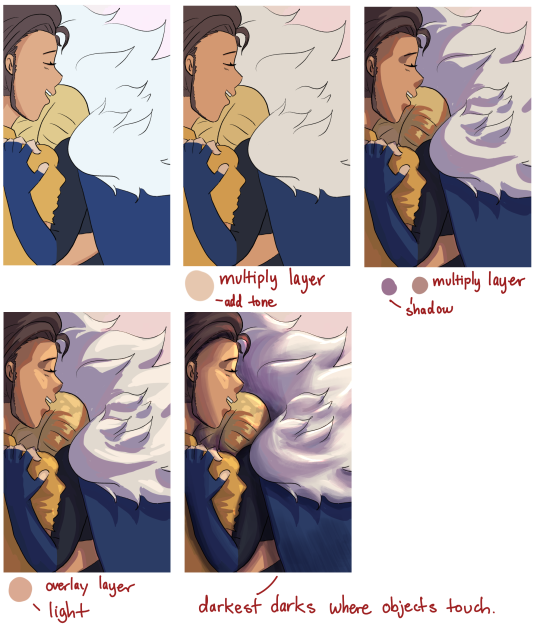
Looking closer at the third picture, you’ll notice that I vary the coloration of the shadow. This gives it more depth. The color of a shadow can add to the mood of a piece. Think about how things around the object will reflect their colors onto it. This also delves into a phenomenon called “subsurface scattering”.
Here’s a short video on types of subsurface scattering: https://www.youtube.com/watch?v=GkjvYSbGHg4
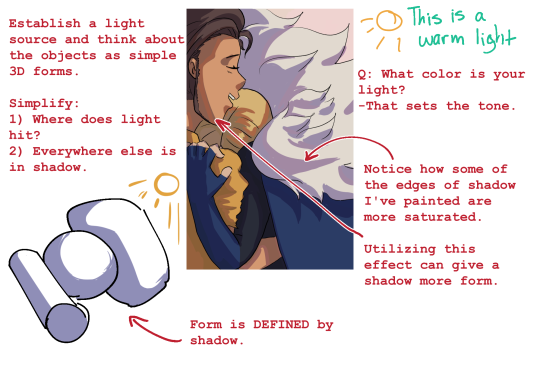
By the fifth stage it’s mostly about clean up. I’m adding the darkest darks, near-black where objects touch, since no light at all will reach those places. I’m utilizing something called “ambient occlusion”.
Here is Mohammed Agbadi’s video on it: https://youtu.be/QksT7-Nz85c
Here is Marco Bucci’s video on it: https://youtu.be/7fLV5ezO64w

There are many different kinds of ways to blend. You may not even want to blend the shadows and leave them crisp in that cel-shaded technique. Having hard or soft edges to your shadows can give different effects, such as interpreting what material it is, how intense the light is, and even the mood of the piece.
Here, I’m blending using this technique from Dave Greco: https://youtu.be/-oPp6NE4WL8
Using a brush on a lower opacity, I continuously eyedrop colors and apply brush strokes in order to achieve a smooth blend.
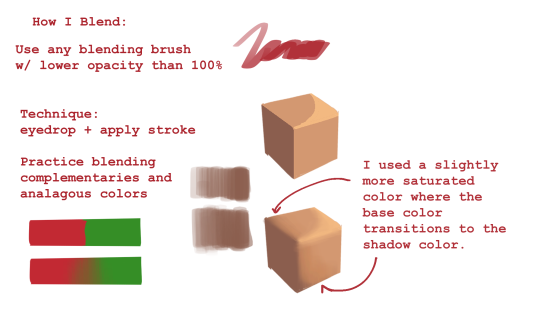
I hope this was helpful! One of the things I want you to keep in mind are to not be afraid of SUPER DARK shadows. I had this issue as well, and I was always scared of going too dark. In a digital medium, you can do whatever you want without consequence, so try going wild with the shading to get used to it and avoid those timid little shadows.
-Mod Future (ko-fi)
from The Redline Station https://ift.tt/2F77cci
via IFTTT
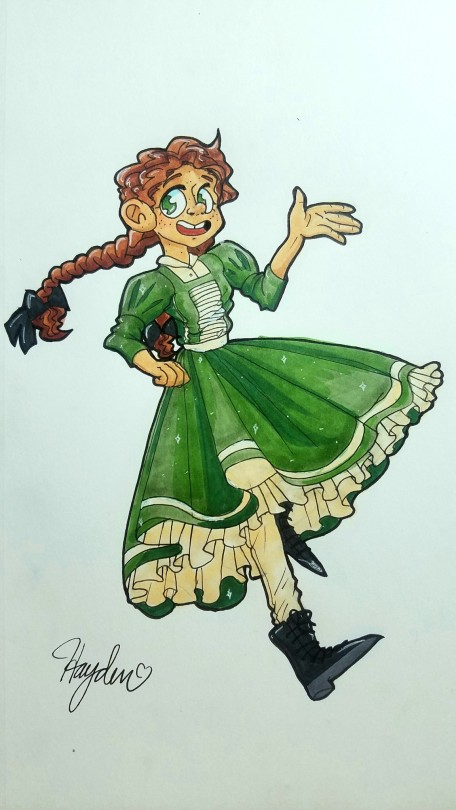
No comments:
Post a Comment